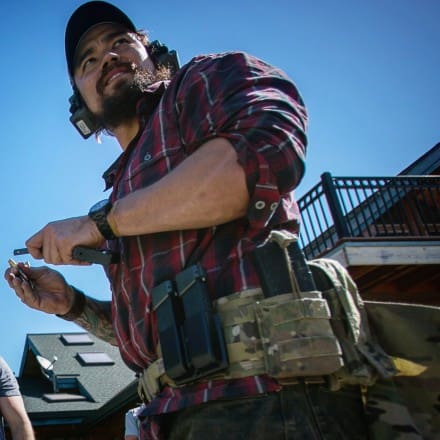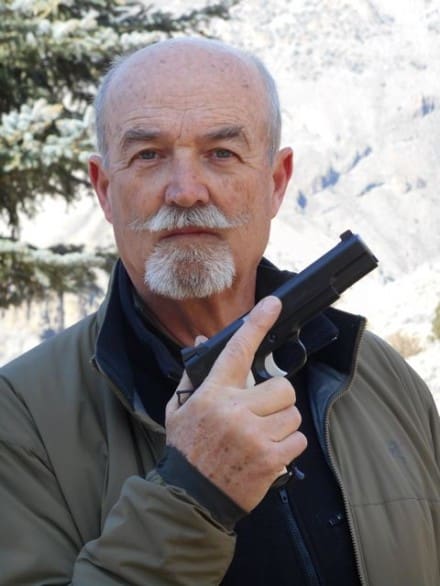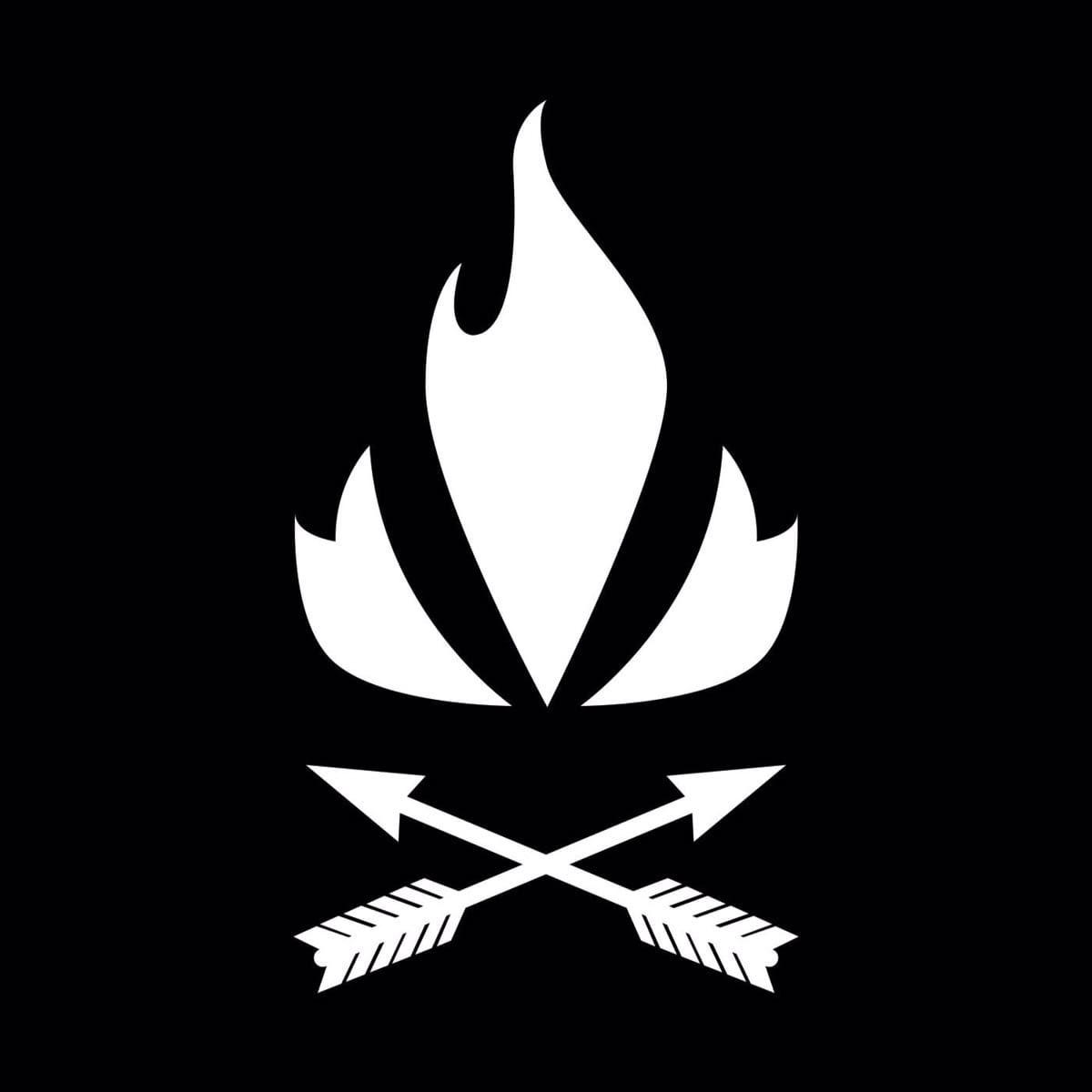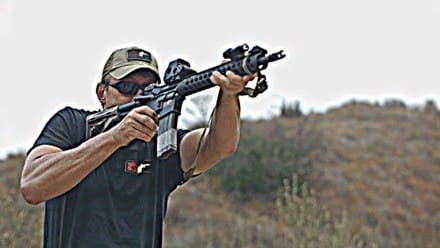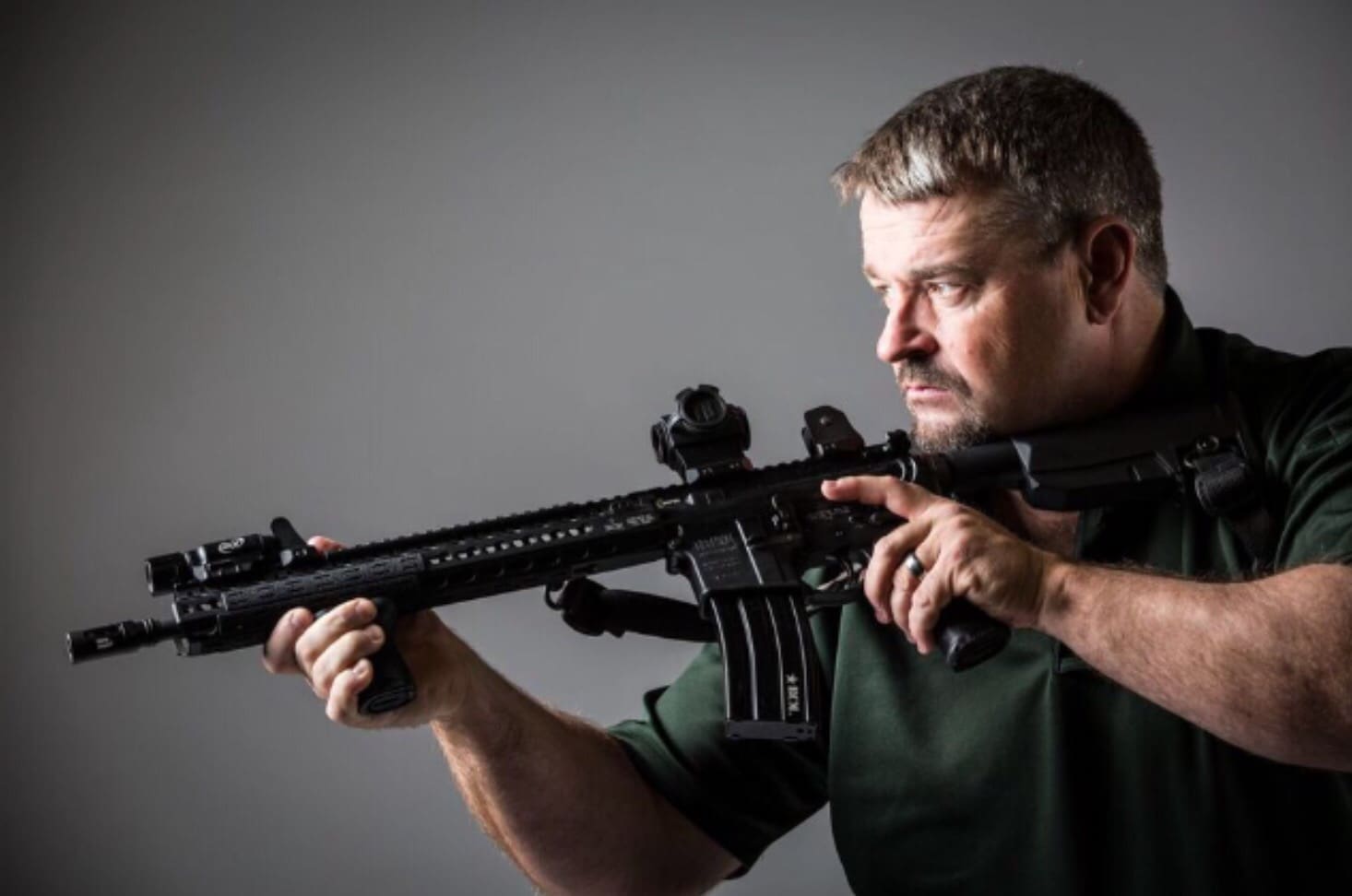WARFIGHTING OPTICS
The Hindu Kush mountain range spans 500 miles along the Afghanistan/Pakistan border with the highest point being over 25,000 feet above sea level. Literally meaning, “Hindu Killer”, the range was the site of the Bamiyan Buddhas, later obliterated by Islamic terrorists. Post 9/11, it was where US Army Special Forces would hunt them down and kill them.
During my time in the Kush, I was the primary gunner(18 Bravo – Army Special Forces Weapon Specialist) on all of my team’s mobile operations. My weapon system was typically a MK-19 40mm grenade launcher, or a M2 .50 Cal machine gun. Both weapon systems have ample power and the ability to reach out and touch the enemy with catastrophic effect at distance.
Dismounted, I ran my issue Colt M4 carbine with a full suite of optic, laser, and accessories that everyone in SF carried. On mission, there were many opportunities to employ magnification to take advantage of the maximum ranges of the 5.56 55-77gr ammunition we were issued, but our options for weapons optics was limited. The M68 Aimpoint and the Eotech 511 were both red dots, with no magnification. The Trijicon ACOG offered a fixed 4x magnification but was not ideally suited for close-in immediate threat encounters.
Not having the ability to positively ID a targets, spot threats, or shoot out to long distances severely limited our capability to accurately engage the Taliban and AQ during the early part of the war.
When magnifiers became available, they became immediately popular with the force. The 3x pushed our ability to ID and spot out further without sacrificing the speed of our EOtech 511s. Magnifiers also were a game changer in urban warfare, and became part of must have kit on a combat rifle. However, they were far from perfect. The ergonomics required an off hand manipulation to bring the sight inline behind the optic, in real settings the 3x magnification only extended the PID range a slight distance and finally, it added a not insubstantial amount of weight.
Ounces equal pounds and pounds equal pain.
Fast forward a decade and the new go-to warfighting optic has transitioned from the red dot to a variable power optic. With an objective lens that the eye can immediately pickup without shadowing, they can be run on 6x when contact from a distance is the expectation, or dialed to a true 1X for CQB ranges. Today, with true 1x in a variable scope, there is no difference in performance between the red dot and a good 1-5, 1-6, 1-8 variable.
Right now, I use a Vortex Razor HD 2 1-6 on my BCM4 carbine and a Vortex 27X on my Surgeon .308. They have both the flexibility, ergonomics and utility necessary for a real-world engagements. If only we had them in 2001.
– Mike Glover
FieldCraft LLC
A former Special Forces disabled veteran with more than 18 years of military service, Mike has operated at the highest levels of Special Forces. Deploying 15 times to combat theaters, he has served in the following positions: SF Weapons Specialist, SF Sniper, SF Assaulter/Operator, SF Recon Specialist, SF Joint Terminal Air Controller (JTAC), SF Team Sgt, and SF Operations SGM.
Mike is a certified U.S. Government federal firearms instructor, and has also has trained mobility with Team O’Neil Rally School, BSR Racing, and BW drivers courses. He is medically trained every two years in Advanced Medical Trauma and continually maintains his re-certifications for consultation practices.
Considered a Subject Matter Expert (SME) in planning and executing Special Operations in a myriad of complex environments, Mike has taken his 18 years of experience and is giving the American citizen the applicable training tools and training necessary to better protect themselves and their families here and abroad.
Mike has a Bachelors degree in Crisis management and homeland security with American Military University and is pursuing his masters in military history.
Mike currently lives in northern California, where he continues to consult for the U.S. Government in security and firearms instruction.
Gunfighter Moment is a weekly feature brought to you by Bravo Company USA. Bravo Company is home of the Gunfighters, and each week they bring us a different trainer to offer some words of wisdom.


